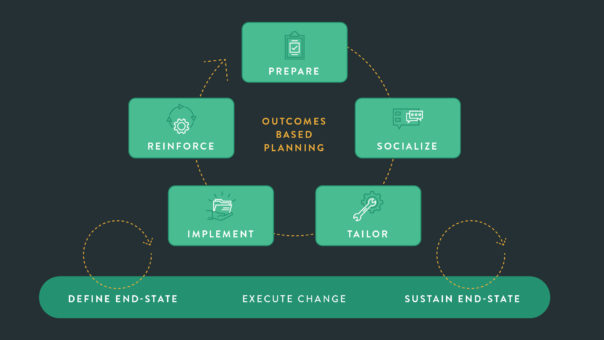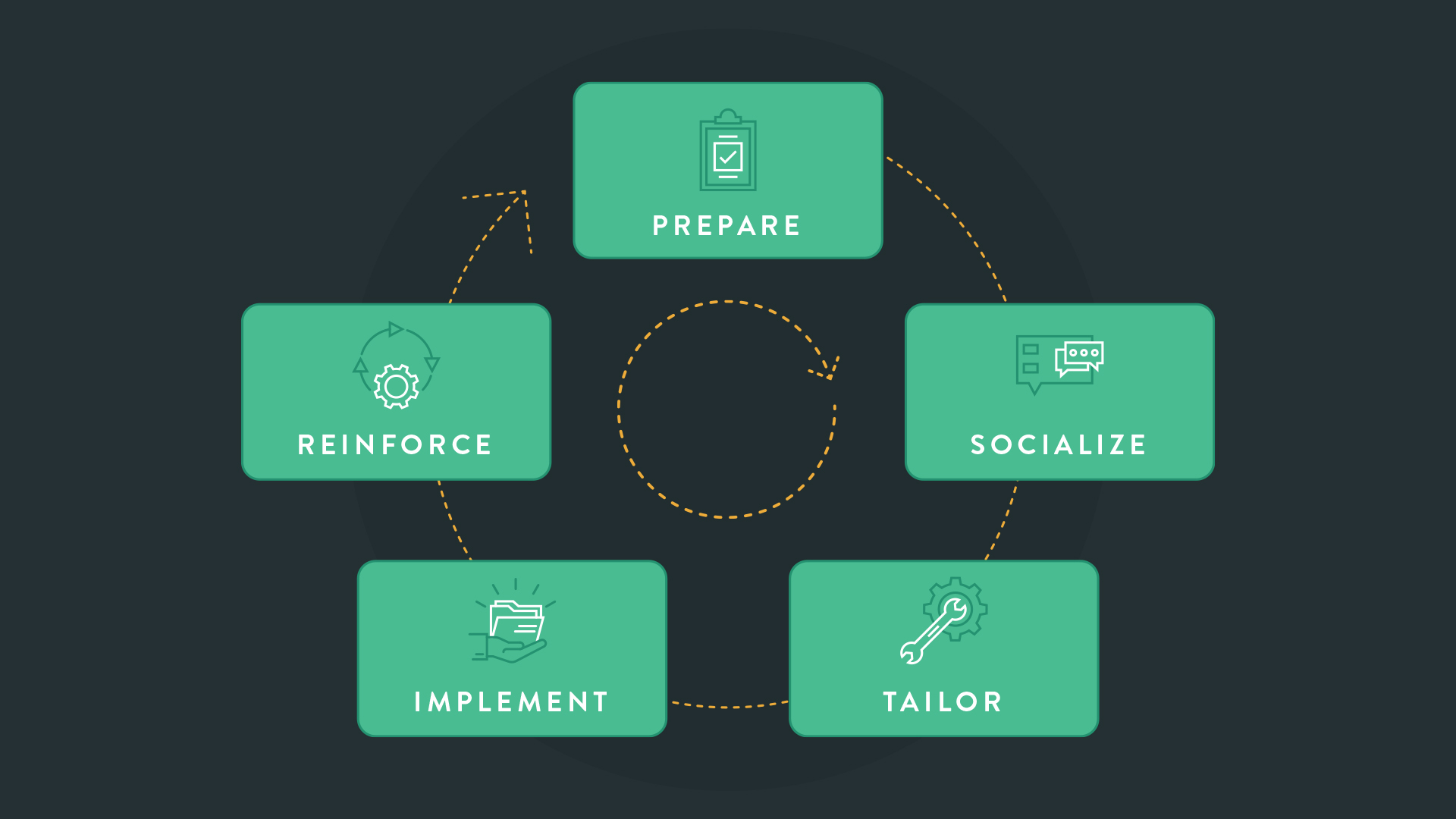Why Change Management is Essential for Agile Transformation
For the past 20+ years, I have worked with small and large organizations seeking more business agility. I’ve seen firsthand that the Transformation is not as difficult for smaller organizations because there are fewer layers to work through. For larger businesses, it becomes more challenging.
Becoming more Agile for large, well-established businesses is more than just a change for the IT organization; it has wide, sweeping implications. Particularly challenging are changes that involve learning a new way of being, like “becoming more agile.” When there is an intentional organizational change like an Agile Transformation, there is a significant learning curve, and it is an organization-wide shift.
WHERE TRANSFORMATIONS CAN GO WRONG
I’ve seen change initiatives go poorly. Raise your hand if you haven’t! There are times when even the most well-intentioned efforts fall on deaf ears, are met with resistance, and in some cases, sabotaged. There are hundreds of things that can go wrong. Us Agile folks tend to clump together, and a friend of mine often says he doesn’t have all the answers; instead, he is just running out of mistakes to make. I, too, sometimes feel that way.
I worked with an organization that went all-in—in poker terms—with an Agile Transformation. At the time, it looked like the Transformation would be isolated to just IT. But, as the Transformation progressed and did so quite well, I might add, new thinking led to new IT practices that directly impacted the business. The new IT practices created new business opportunities that did exist and, from a technical perspective, opened the organization to new markets. We had an opportunity to replace much of the outdated physical mailings (direct mail) the business did with a new system involving digital websites and email right when the market was ready for it. It would generate substantial cost savings and provide a significant expansion of the marketing capabilities of the whole company. Technically, we were poised to enter new markets with nascent technologies that could replace and automate many existing business capabilities. The market was ready; IT was ready. However, the business wasn’t ready yet.
A mind convinced against its will is of the same opinion still. ~Unknown
The business was not prepared for such a drastic change in how they engaged with their customer base. In IT, we made tremendous but isolated headway, peripherally including the business in the changes at the touchpoints that mattered to them. Waiting to socialize or even prepare the company for the changes made sense until we proved the technologies worked. There are good reasons for that, but in the end, lack of engagement, socialization, collaboration, and a systematic way to bring the business on board made the leap too challenging for them. It was a great idea, but it was too much to accept without making iterative changes to the existing business structures, and these changes should have been made in parallel with the IT transformation. In the end, the business did not change, which led to regression within IT. It didn’t take long for the whole IT organization to revert both practice-wise and culturally through attrition and other change.
WHY CHOOSING THE RIGHT CHANGE INITIATIVE MATTERS
Unfortunately, this is not an isolated example. Change initiatives often put cultural or practice changes first because some think the results are more predictable. But without structures to support new thinking, the change cannot maintain traction. Like a vehicle trying to climb an icy hill, we can get what looks like progress at first, only to slide back to the bottom of the hill when the wheels start slipping. The new culture needs something tangible to connect with, or momentum is lost, and the existing organizational structures eventually crush the change effort into submission.
Change is challenging, and try as we may, it seems, we’re never fully prepared for every inevitability. There is no shortage of change management approaches either. Since change triggers our automatic “fight-flight-freeze” responses, we need to get ourselves, and others prepared and on board with what we are doing. Structures that facilitate change need to be in place. Execution is critical, as is learning and adjusting as we go, but, particularly with change at scale, structured preparation and socialization set the stage for success.
Leaders need an effective way to help their organizations adopt Agile and adapt to change. Preparing for Transformation with leadership, teams, and all levels in-between is essential. Successful execution depends on effective preparation and socialization, particularly with the teams.
THE PSTIR FRAMEWORK
At LeadingAgile, we follow a 5 phase PSTIR Model to ensure systematic flow with leadership and the teams. The PSTIR Model: Prepare, Socialize, Tailor, Implement, Reinforce is an iterative approach to executing change. PSTIR is a change model that scales; from organizational-wide change to the change needed with individual teams.

THE IMPORTANCE OF METRICS
Metrics are also a crucial component to effective Transformation. Metrics provide the mechanism to enable feedback on the effectiveness of the structure and governance established during the Agile Transformation. They point out where to investigate possible impediments to delivery and where the teams might be effectively coached for improvement. The PSTIR Model, coupled with Outcomes Based Planning and rigorous tracking of progress with metrics, make iterative progress and effective management of the Transformation possible.
Everyone in the organization needs to understand the what and the why behind a transformation, and PSTIR helps get buy-in. Transformation leadership needs to be immersed and fully engaged as we move through the Transformation. Teams, too, need to be fully involved as they will be called on to adopt new practices and help gather the data and artifacts that will demonstrate capabilities. This includes teams all over the organization: leadership, Transformation, Management, Investment, etc. Preparing for Transformation is an essential first step to producing desired organizational outcomes, and the PSTIR Model is a great way to accomplish the needed groundwork.


